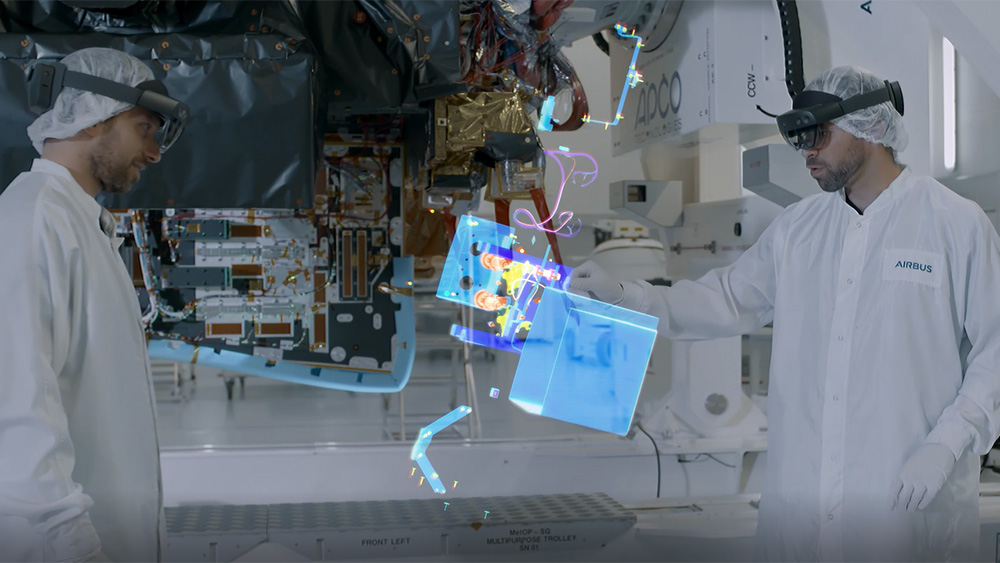Image: Hubs
Body
Apple’s Vision Pro announcement has sparked a renewed interest in the world of augmented reality (AR) and virtual reality (VR). Looking through the lens of industrial environments, these technologies have already made significant contributions in manufacturing, maintenance, and training processes. Here, we’ll examine key areas where they hold potentially transformative power for the industrial sector, with input from Hubs’ in-house engineers as well as other industry experts.
…
Want to continue?
Log in or create a FREE account.
By logging in you agree to receive communication from Quality Digest.
Privacy Policy.

Add new comment